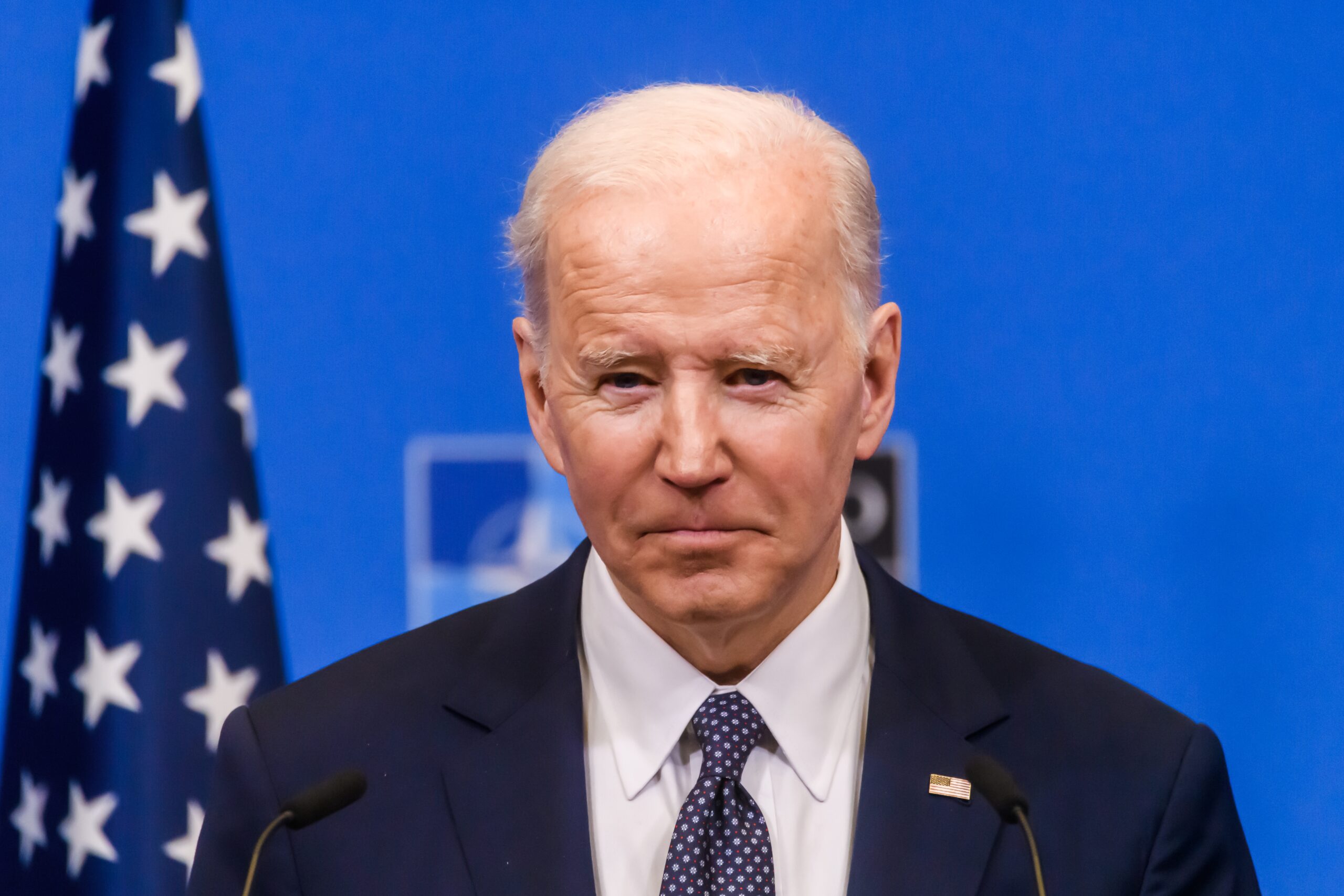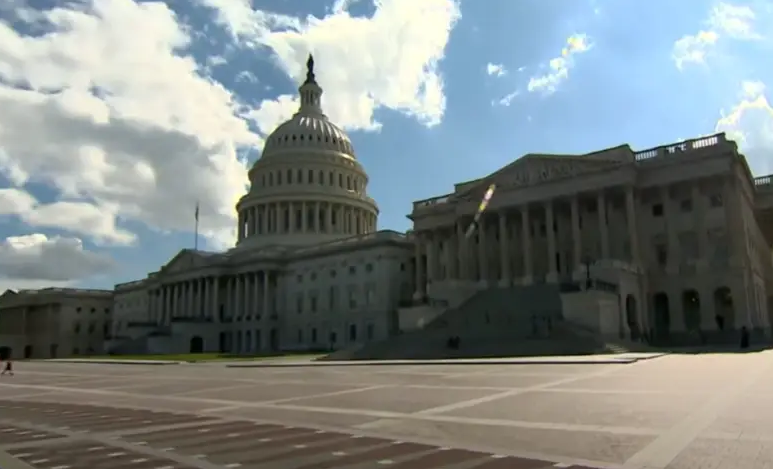[ad_1]
NEW YORK (Reuters) – New York City’s public pension system returned 12.95 percent on its investments in fiscal 2017, according to preliminary results from City Comptroller Scott Stringer on Wednesday, after two years of far more dismal results.
Those returns, well above the funds’ target return rate of 7.0 percent, should provide some relief for the underfunded retirement system.
The results also mirror the investment performance of the nation’s two largest public pension plans, both in California.
Stringer cautioned that the results had not yet been certified and represented only one year of a longer-term approach.
He announced the results at a meeting of the state financial control board, which was formed in 1975 to review the city’s finances after it nearly went bankrupt.
“If the numbers hold, that’s good news,” Stringer said after the meeting. “But we can’t predict the market going forward.”
Stringer is trustee for the city’s five pension funds, which comprise the fourth-largest retirement plan in the United States and hold about $181 billion of assets under management.
On July 20, California’s teacher retirement system reported a 13.4 percent return on investments for the year ended June 30. A week prior, the California public employees fund, the largest public pension plan in the nation, said it earned 11.2 percent on its investments.
Boosted by public and private equities, the teachers’ fund performed significantly better than last year, when it returned 1.4 percent.
A July report from Loop Capital Markets estimated 2017 returns for 80 large state pension plans, finding similarly high results and concluding that state pension plans outperformed their target return rates by about 5 percentage points on average.
New York City’s pension results showed a similar turnaround. Stringer said he did not yet have a breakdown of which asset classes helped drive higher returns.
Including the 2017 results, investments over the last four years have returned 7.4 percent compounded, Stringer said.
Last year, each of the five funds in the system returned less than 2 percent.
The system is still not in the best of health. It is just 65.6 percent funded, far below the 80 percent level that some analysts consider healthy. It still also has $64.8 billion of unfunded liabilities.
A report last month by the Manhattan Institute, a conservative think tank, estimated the shortfall at $142 billion using a lower market value rate of interest.
Reporting by Hilary Russ; Additional reporting by Robin Respaut in San Francisco; Editing by Daniel Bases
[ad_2]
Source link







Leave a Reply